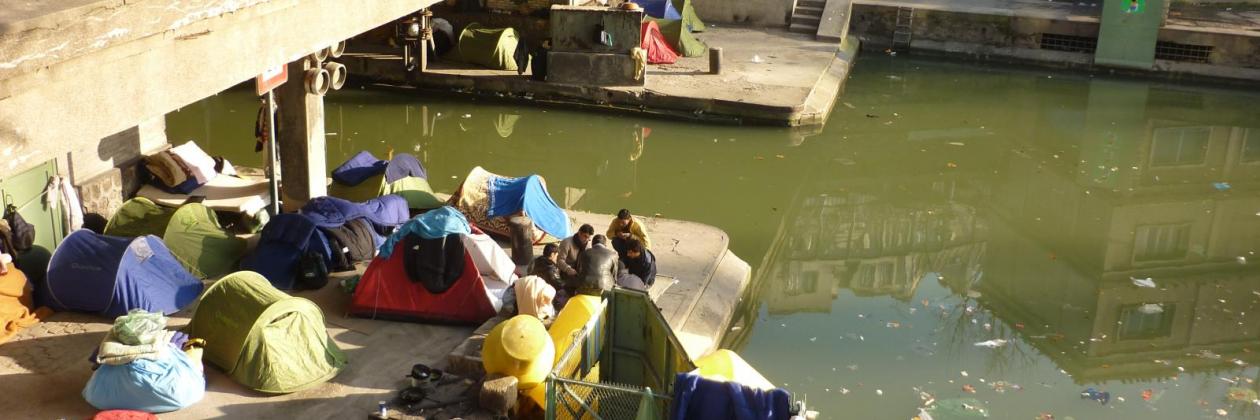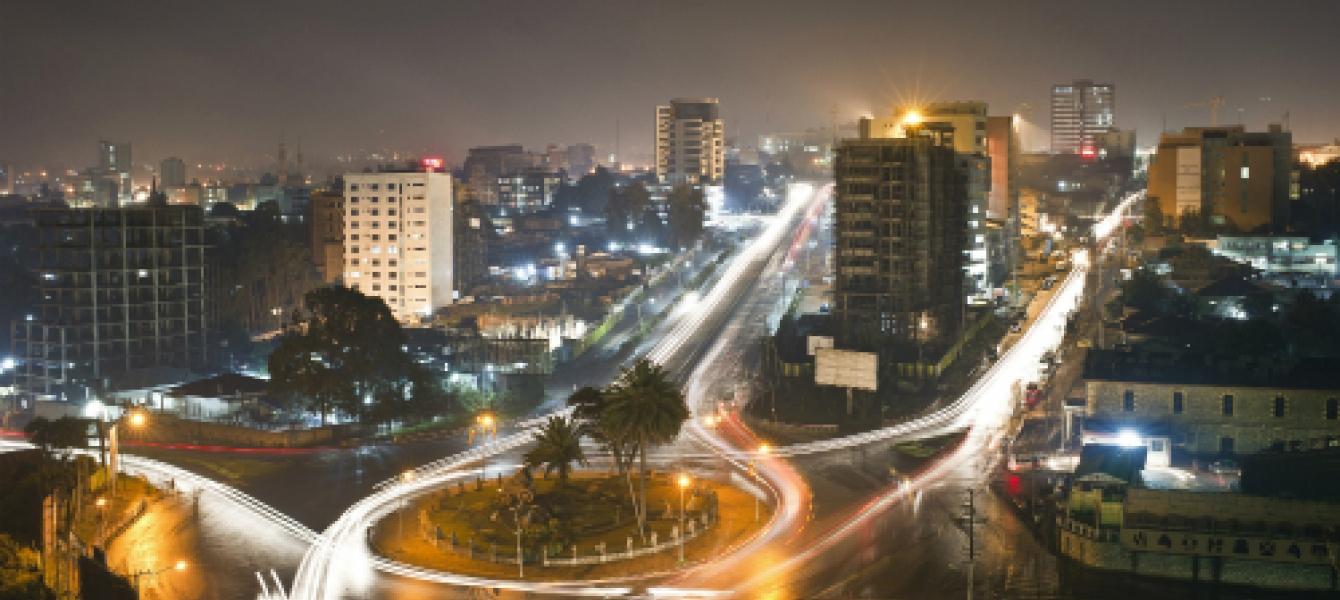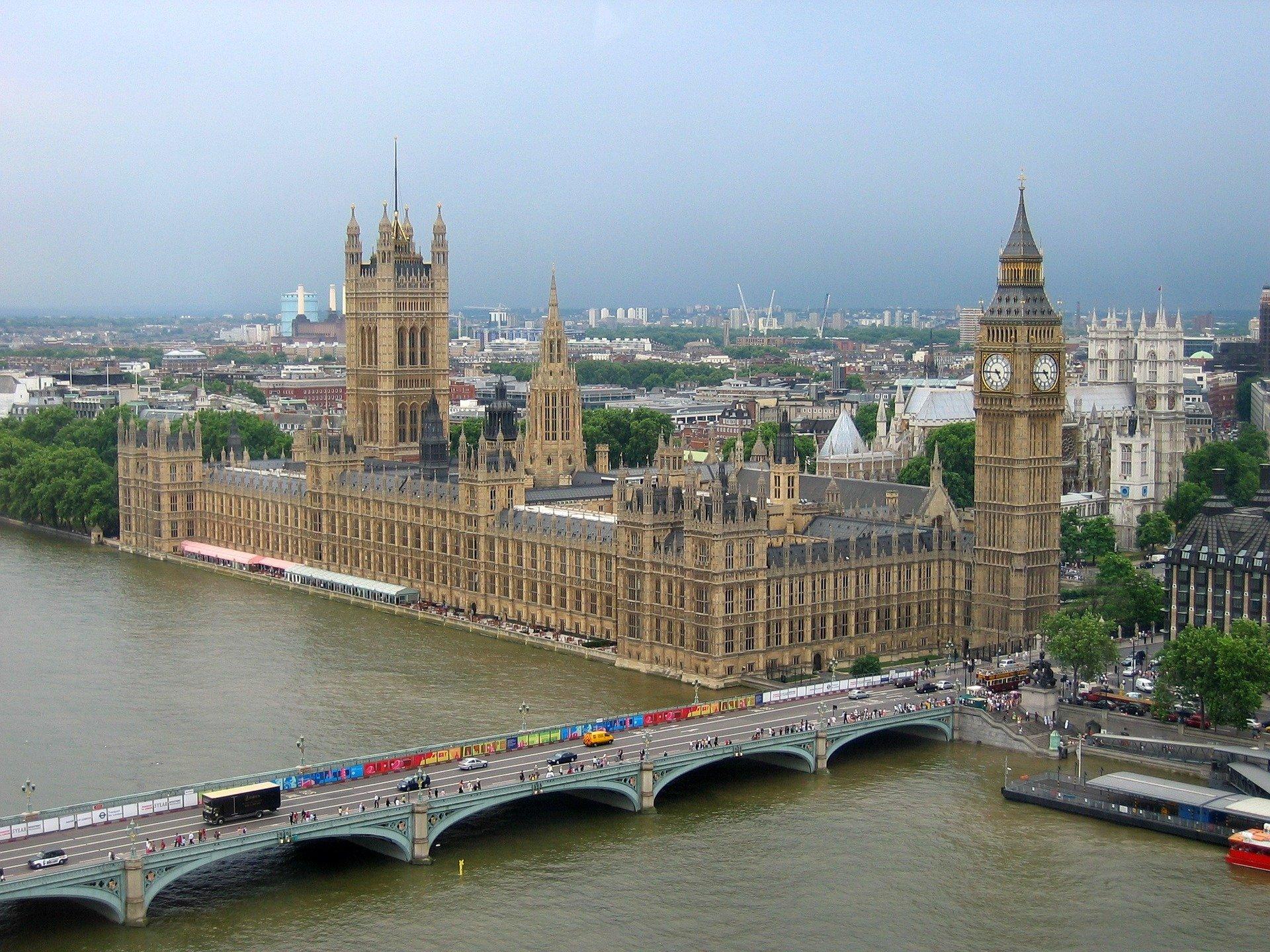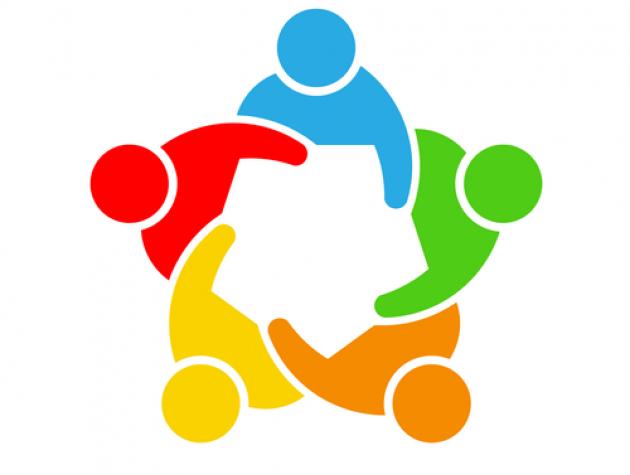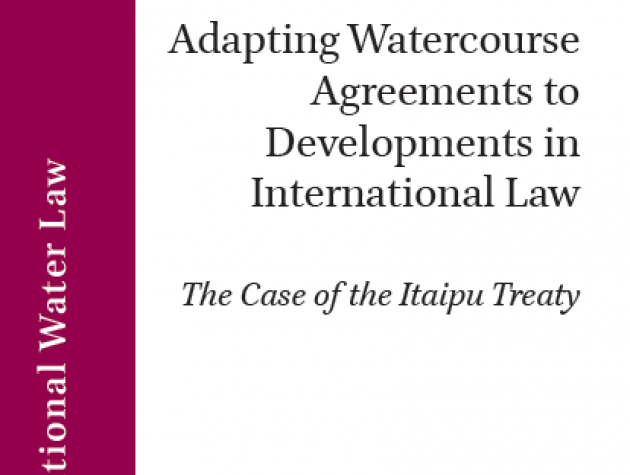The effects of Afghanistan’s political evolution on migration and displacement
The effects of Afghanistan’s political evolution on migration and displacement. Migration Policy Practice. Volume VI, Number 3.
Afghanistan represents a case in which the erosion of political order due to armed conflict and economic decline since 1978 has resulted in major changes in the demography of the country. Conflict has forced about one third of the population to either take refuge outside Afghanistan, mostly in Pakistan and Iran, or to move outside their communities within Afghanistan. By 1990 about 6 million Afghans were living outside Afghanistan as refugees (UNHCR, 2016). However, a new political order arising after the fall of the Taliban regime in late 2001 changed this pattern. It affected migration and internal displacement at three stages – renewal and hope, the rise of insurgency and the triple transitions. The establishment of a new political order based on the principles of democracy and the emergence of international consensus to stabilize Afghanistan along with the flow of development and military aid had positive impact on the return of Afghan refugees to Afghanistan and of displaced people to their communities inside Afghanistan. But the resurgence of the Taliban and the deterioration in the security situation after 2005 slowed down the return of refugees. Subsequently, following the triple transition in 2014, in which the foreign aid sharply declined, the bulk of the United States and the North Atlantic Treaty Organization (NATO) troops left Afghanistan and the 2014 presidential election was poorly governed, the return of refugees reversed. This time most Afghans, mainly youth, decided to go to Europe, comprising the third biggest number of asylum-seekersin Europe. Political evolution in Afghanistan since 2001 therefore shows that the movement of people by large depends on security, economic and political conditions.
This article first examines the three stages of development in Afghanistan post-2001: an atmosphere of hope and renewal; deterioration of security; and the triple transitions. This article argues that both security and economic conditions are major drivers of population movements. Thus, the policies that tend to address the problems of refugees and displaced people should balance between short- and long-term needs concerning stability and economic conditions. Finally, this article makessome concluding remarks and highlights policy implications.

